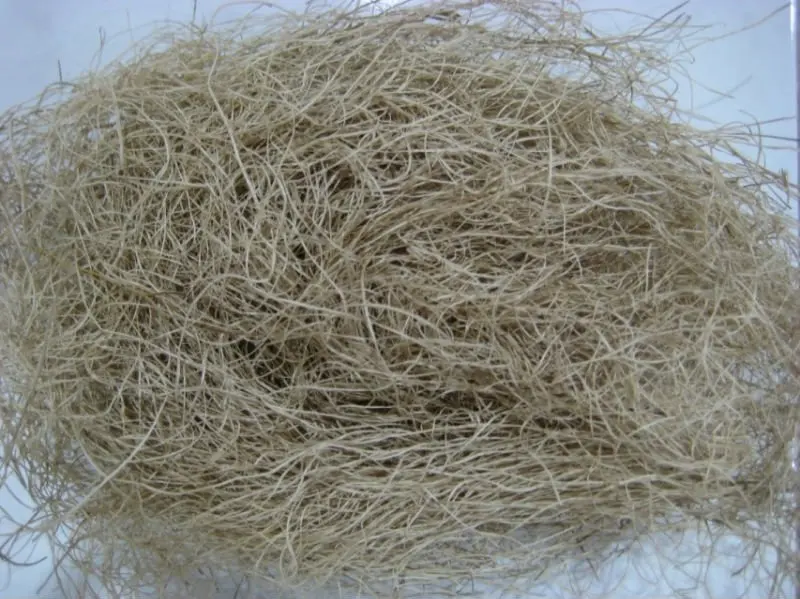TANDAN KOSONG SEBAGAI ALTERNATIF PEMENUHAN KEBUTUHAN UNSUR HARA TANAMAN KELAPA SAWIT
By : Haris Sanjaya
Pendahuluan
Pabrik kelapa sawit menghasilkan limbah tandan kosong (tankos) 20 – 23 % dari jumlah tandan buah segar (TBS) yang diolah. Pada saat ini sebagian tankos masih dibakar pada incinerator di PKS sehingga tidak memberikan value added yang berarti. Tetapi proses tersebut kedepannya tidak akan ditolerir lagi karena pertimbangan isu sentral lingkungan hidup dengan klausal dampak global lingkungan yang ditimbulkannnya.
Pabrik kelapa sawit menghasilkan limbah tandan kosong (tankos) 20 – 23 % dari jumlah tandan buah segar (TBS) yang diolah. Pada saat ini sebagian tankos masih dibakar pada incinerator di PKS sehingga tidak memberikan value added yang berarti. Tetapi proses tersebut kedepannya tidak akan ditolerir lagi karena pertimbangan isu sentral lingkungan hidup dengan klausal dampak global lingkungan yang ditimbulkannnya.
Menyikapi hal tersebut pemanfaatan tankos sebagai bahan alternatif untuk
kesuburan tanah di perkebuan kelapa sawit merupakan salah satu solusi
dalam penanganannya. Dari perspektif agronomi treatment mulsa tankos
yang diaplikasi di kebun, selain menambah unsur hara juga akan
meningkatkan kandungan bahan organik yang sangat diperlukan bagi
perbaikan sifat fisik dan chemistry tanah. Dengan meningkatknya bahan
organik tanah maka struktur tanah semakin mantap dan kemampuan tanah
menahan air akan bertambah baik. Sehingga akan berdampak positip
terhadap pertumbuhan akar tanaman dan penyerapan unsur hara di dalam
tanah. Disamping itu pemberian tankos juga dimaksudkan untuk mencegah
terjadinya erosi dan pencucian unsur hara (leaching).
Berdasarkan content hara, setiap ton tankos memiliki kandungan N,P,K
dan Mg berturut-turut setara dengan 3 kg Urea, 0,6 kg CIRP, 12 kg MOP
dan 2 kg Kieserit. Dengan demikian satu unit PKS kapasitas terpasang 30
ton tbs/jam atau 600 ton tbs/hari akan menghasilkan pupuk N,P,K dan Mg berturut-turut setara dengan 360 Kg urea, 72 Kg CIRP, 1.440 Kg MOP dan 240 Kg Kieserit.( Long, et.al in PL. Tobing 1998)
Sementara itu menurut kajian Tun Teja 1991 kandungan
unsur hara yang terdapat dalam tankos adalah sebagai berikut: K = 2,13 %
setara dengan 12,78 kg MOP; Ca = 0,18 %, Mg = 0,17 % setara dengan 0,46
kieserit ; Mn = 0,63 %, P205 = 0,14 % setara dengan 0,5 kg CIRP , Fe =
0,59 %, dan Na = 0,59 %.
Melalui
kegiatan mikroorganisme tanah atau proses mineralisasi unsur hara yang
terdapat pada tankos akan dikembalikan ke dalam tanah. Namun unsur
tersebut tidak sepenuhnya dapat diabsorbsi /diserap oleh akar tanaman.
Kondisi ini disebabkan oleh beberapa hal :
v Unsur
N termobilisasi (digunakan oleh mikro organisme tanah untuk menunjang
kelangsungan hidupnya), tercuci air perkolasi kelapisan tanah yang lebih
dalam.
v Unsur P termobilisasi dan berubah menjadi senyawa yang sukar larut, sehingga lambat ketersediannya untuk diserap oleh tanaman.
Persentasi hara yang termobilisasi mengendap dan tercuci dari masing-masing unsur yang
berasal dari mineralisasi tankos belum diketahui secara tepat. Namun
jumlah unsur hara Kalium dan Magnesium yang tersedia bagi tanaman cukup
menunjang pertumbuhan dan produksi tanaman. Hal ini dapat dilihat pada
result percobaan yang dilakukan Loong di Malaysia dan MM. Siahaan di Indonesia, dimana pupuk N dan P masih
di aplikasikan sebagai pupuk tambahan sementara pupuk K dan Mg tidak
diberikan lagi. Namun beberapa literatur mengatakan aplikasi ekstra
hanya di berikan pada pupuk Urea saja.
Aplikasi tankos di lapangan
Aplikasi penebaran tankos diareal tanaman menghasilkan dilaksanakan dengan penebaran merata di gawangan hingga ke pinggir piringan pada jarak -+ 2 meter dari pangkal batang (agar tidak mengganggu aktivitas panen). Tankos disusun selapis untuk mencegah agar tidak menjadi sarang kumbang Oryctes. Hasil pengamatan menunjukan dalam waktu 7-10 bulan tankos sudah mengalami dekomposisi /pelapukan dan menyatu dengan tanah.
Aplikasi penebaran tankos diareal tanaman menghasilkan dilaksanakan dengan penebaran merata di gawangan hingga ke pinggir piringan pada jarak -+ 2 meter dari pangkal batang (agar tidak mengganggu aktivitas panen). Tankos disusun selapis untuk mencegah agar tidak menjadi sarang kumbang Oryctes. Hasil pengamatan menunjukan dalam waktu 7-10 bulan tankos sudah mengalami dekomposisi /pelapukan dan menyatu dengan tanah.
Kebutuhan tankos dalam setiap hektarnya adalah 65 ton
atau rata- rata distribusi tankos sebanyak 500 kg/ pokok .Tofografi
lahan sangat berpengaruh terhadap prestasi kerja penebar tankos. Norma rata-rata tenaga kerja dalam mengaplikasikan tankos dilapangan adalah 2.000 kg.
Komparasi kandungan hara & analisa biaya tankos vs pupuk compound
Dengan kaidah minimal kandungan hara tandan kosong tersebut diatas, apabila dikomparasikan dengan unsur hara pupuk NPK Compound (pupuk yang cenderung di aplikasikan dikebun) dan analisa biaya aplikasi dapat dilihat pada tabel berikut:
Dengan kaidah minimal kandungan hara tandan kosong tersebut diatas, apabila dikomparasikan dengan unsur hara pupuk NPK Compound (pupuk yang cenderung di aplikasikan dikebun) dan analisa biaya aplikasi dapat dilihat pada tabel berikut:
1. Perbandingan kandungan hara
|
Uraian
|
Dosis
|
Kandungan Hara (gram)
| |||
|
N
|
P
|
K
|
Mg
| ||
|
Tankos
NPK
|
500 Kg/Pk
6.5 Kg/Pk
|
-
845 (13 %)
|
700 (0,14 %)
520 (8 %)
|
10.650(2,13 %)
1.755 (27 %)
|
850 (0,17 %)
260 (4 %)
|
2. Analisa biaya aplikasi tankos (Rp/ha/thn)
|
Uraian
|
Transport/Bahan
|
Aplikasi
|
Total
|
|
Tankos
NPK
Selisih
|
14 x 500 x 130 = 910.000
2.810 x 6.5 x 130 = 2.374.450
(1.464.450)
|
9 x 500 x 130 = 585.000
42.000 x 2 = 84.000
501.000
|
1.495.000
2.458.450
(963.450
|
Catt: Asumsi biaya transport = Rp.14/kg.
Nilai HOK/hari = Rp. 21000/kg Aplikasi Tankos Rp. 9/kg
Asumsi harga pupuk (thn 2007) = Rp. 2810/kg
Tankos hasil PKS kebun sendiri
Nilai HOK/hari = Rp. 21000/kg Aplikasi Tankos Rp. 9/kg
Asumsi harga pupuk (thn 2007) = Rp. 2810/kg
Tankos hasil PKS kebun sendiri
Tabel
1. diatas menginformasikan, dengan dosis rekomendasi bahwa kandungan
hara P, K dan Mg yang terdapat dalam tankos masih bisa memenuhi
kebutuhan hara yang diperlukan oleh tanaman. Bahkan untuk unsur Kalium
menampakkan content yang cukup tinggi.












 Our Oil Palm Fibre :
Our Oil Palm Fibre : Oil Palm Fibre Specifications
Oil Palm Fibre Specifications Applications
Applications










